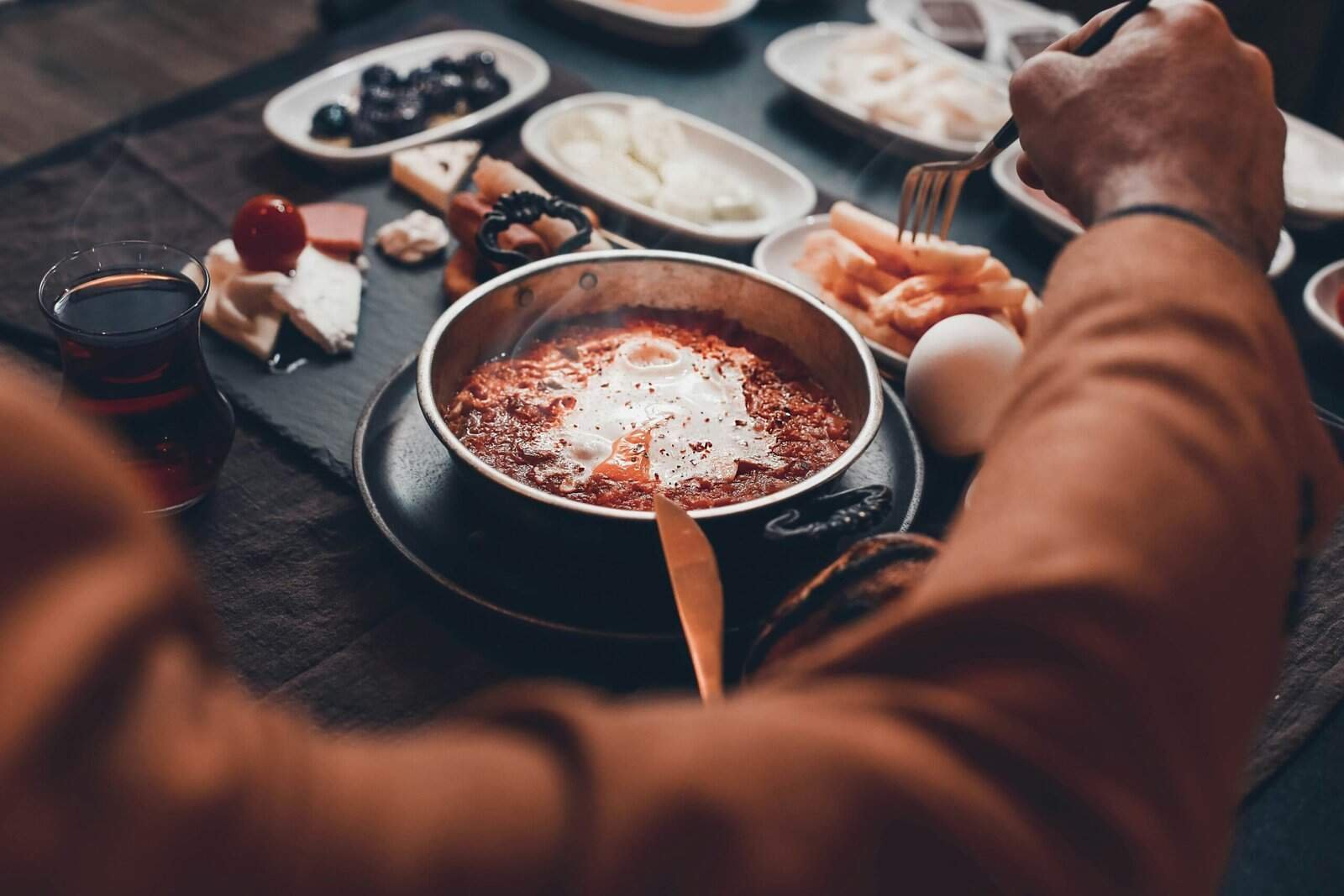Have you ever wondered how you can make your low-carb diet more exciting and flavorful? Including Nopal, also known as prickly pear cactus, in your meals could be a delightful twist. Many people are not familiar with this unique ingredient, but it’s worth considering, especially if you’re aiming for a varied low-carb diet. Nopal is not only nutritious but also versatile, lending itself to a range of recipes and culinary techniques.
Understanding Nopal: What Is It?
Nopal is the pad of the prickly pear cactus and is commonly consumed in Mexican cuisine. It has a unique texture and a slightly tangy flavor that can add interest to many dishes. While it’s often overlooked outside of its native regions, Nopal is packed with nutrients that make it a valuable addition to your diet.
Nutritional Benefits of Nopal
Nopal is low in calories and carbohydrates, making it an excellent choice for those on a low-carb diet. It’s high in fiber, which can help you feel full longer and support digestive health. Additionally, Nopal is a good source of vitamins and minerals, including vitamin C, magnesium, and calcium. These nutrients can support overall health and well-being.
How Does Nopal Fit into a Low-Carb Diet?
Low-carb diets often focus on reducing your intake of carbohydrates to encourage your body to burn fat for energy. Because Nopal is naturally low in carbs, it fits well into this type of dietary regimen. Incorporating Nopal can add variety and ensure you receive adequate fiber and nutrients.
Preparing Nopal for Your Diet
Integrating Nopal into your diet begins with preparation. Fresh Nopal pads are available in many grocery stores, particularly in areas with large Hispanic populations. Canned or bottled Nopal can also be found in some supermarkets.
Selecting the Right Nopal
When choosing fresh Nopal, look for firm, bright green pads without any blemishes. They should be about six to nine inches long and free from moldy spots. For convenience, you can also buy pre-cleaned or diced Nopal, but ensure that it’s free from any preservatives that might add unwanted carbs.
Cleaning Nopal
Nopal pads have tiny spines that need to be removed before consumption. To clean them, wear protective gloves and rinse the pads under cool water. Use a sharp knife or vegetable peeler to carefully scrape away the spines and edges. Once cleaned, the pads are ready for cooking.
Cooking Methods
Nopal can be cooked in several ways. Here are some methods you can try:
Grilling: Grilling Nopal imparts a smoky flavor and makes for a delicious side dish. Lightly brush the pads with olive oil and season with salt and pepper. Grill for about 4-5 minutes on each side until tender.
Sautéing: Nopal can be sautéed with garlic and onions for an easy dish. Heat a tablespoon of olive oil in a pan, add chopped Nopal, and other vegetables of choice. Cook until tender, about 10 minutes.
Boiling: Boiling Nopal helps reduce its natural gelatinous texture. Just add chopped Nopal to boiling water and cook until the pads are bright green and tender. Be sure to drain them well after boiling.
Roasting: Roasting Nopal in the oven with a little olive oil and spices can produce a crispy, flavorful dish. This method is great for reducing its slimy texture and bringing out a deeper flavor.

Recipes to Include Nopal in Your Low-Carb Diet
Incorporating Nopal into your meals can be both tasty and rewarding. Here are some recipe ideas that emphasize low-carb ingredients and highlight the versatility of Nopal.
Nopal and Avocado Salad
This fresh and vibrant salad makes use of Nopal’s unique texture and pairs beautifully with creamy avocado.
Ingredients:
- 2 fresh Nopal pads, cleaned and chopped
- 1 ripe avocado, diced
- 1 cup cherry tomatoes, halved
- 1 small red onion, thinly sliced
- Juice of 1 lime
- 2 tablespoons cilantro, chopped
- Salt and pepper to taste
Instructions:
- Boil the chopped Nopal in water for about 5-7 minutes until tender. Drain well and set aside to cool.
- In a large bowl, combine the cooked Nopal, avocado, tomatoes, onion, and cilantro.
- Drizzle lime juice over the salad, and season with salt and pepper to taste.
- Toss gently to combine, and serve chilled.
Grilled Nopal and Chicken Tacos
These low-carb tacos use grilled Nopal and tender chicken wrapped in lettuce leaves for a satisfying meal without the carbs from tortillas.
Ingredients:
- 2 fresh Nopal pads
- 2 chicken breasts, cut into strips
- 1 tablespoon olive oil
- 1 teaspoon cumin
- Salt and pepper to taste
- Lettuce leaves (for wrapping)
- 1 jalapeño, sliced (optional)
- ½ cup queso fresco cheese, crumbled
Instructions:
- Preheat a grill or grill pan.
- Brush the Nopal and chicken strips with olive oil and season with cumin, salt, and pepper.
- Grill the Nopal for 4-5 minutes on each side until tender, then remove from the grill and slice into strips.
- Grill the chicken until cooked through, about 6-8 minutes per side.
- Assemble tacos with lettuce leaves as the base, filled with Nopal, chicken, jalapeños, and topped with queso fresco.
- Serve with lime wedges for extra flavor.
Nopal Stir-Fry
A quick and easy stir-fry that uses the umami of mushrooms and the heat of red chili peppers to enhance the taste of Nopal.
Ingredients:
- 2 fresh Nopal pads, cleaned and sliced
- 1 red bell pepper, sliced
- 1 cup mushrooms, sliced
- 2 cloves garlic, minced
- 1 tablespoon soy sauce
- 1 teaspoon sesame oil
- 1 red chili pepper, sliced (optional)
- Sesame seeds for garnish
Instructions:
- In a large pan, heat sesame oil over medium-high heat.
- Add garlic and chili pepper, cooking for about 1 minute until fragrant.
- Add the Nopal, bell pepper, and mushrooms. Stir-fry for about 7-8 minutes until vegetables are tender.
- Add soy sauce and stir to coat the vegetables evenly. Cook for 1-2 more minutes.
- Serve garnished with sesame seeds.
Health Benefits of Adding Nopal to Your Diet
Besides being low in carbohydrates, Nopal has several health benefits that make it a beneficial part of your diet.
Blood Sugar Regulation
Nopal is known for helping regulate blood sugar levels, making it a useful food for those with diabetes or at risk for developing the condition. Its high fiber content slows the absorption of sugar into the bloodstream, promoting better blood sugar control.
Supports Weight Management
Thanks to their low calorie and high fiber content, Nopal can help you manage your weight. Fiber keeps you feeling fuller longer, which can reduce overall calorie intake. It also aids in maintaining a healthy digestive system.
Antioxidant Properties
Nopal is rich in antioxidants, which are compounds that fight free radicals in your body. By reducing oxidative stress, antioxidants help mitigate the risk of chronic diseases, including heart disease and cancer.
Anti-inflammatory Effects
The vitamins and minerals found in Nopal can have anti-inflammatory effects, which may help reduce symptoms associated with inflammatory conditions like arthritis.

Tips for Incorporating Nopal into Your Routine
Here are a few suggestions to make incorporating Nopal into your daily diet seamless and enjoyable.
Start Small
If you’re new to Nopal, start with small amounts. This enables you to get used to its unique taste and texture gradually.
Pair with Familiar Flavors
Try pairing Nopal with ingredients you already enjoy. This can make it easier to integrate into your meals without feeling like a drastic change.
Experiment with Recipes
Don’t be afraid to experiment with different recipes. Nopal’s versatility means it can be used in a range of dishes. From breakfast scrambles to salads and even smoothies, the options are endless.
Be Mindful of Texture
Nopal can have a slimy texture similar to okra. Proper cooking methods, such as grilling or roasting, can help minimize this if it’s a concern.
Understanding the Market for Nopal
Incorporating unique ingredients into your diet also involves understanding their availability and sustainability.
Availability
Nopal can be found fresh, canned, or bottled in most major grocery stores, particularly in areas with a significant Hispanic population. Farmers’ markets may also stock fresh Nopal, depending on the region. For those who prefer online shopping, several websites offer Nopal products, ensuring year-round availability.
Sustainability
The cactus plant is hardy and grows easily in arid climates, making it a sustainable crop. It requires minimal water and care, helping to conserve resources in agriculture. By choosing Nopal, you contribute to eco-friendly food practices.
Conclusion
Including Nopal in your low-carb diet can be a delicious and nutritious addition. Not only does it offer numerous health benefits, but its versatility means it can be used in countless recipes. By experimenting with different cooking methods and flavors, you can find a way to enjoy this unique ingredient in your daily meals. Embrace the opportunity to expand your palate and take advantage of the health benefits Nopal has to offer. Your taste buds, and your body, will thank you!


